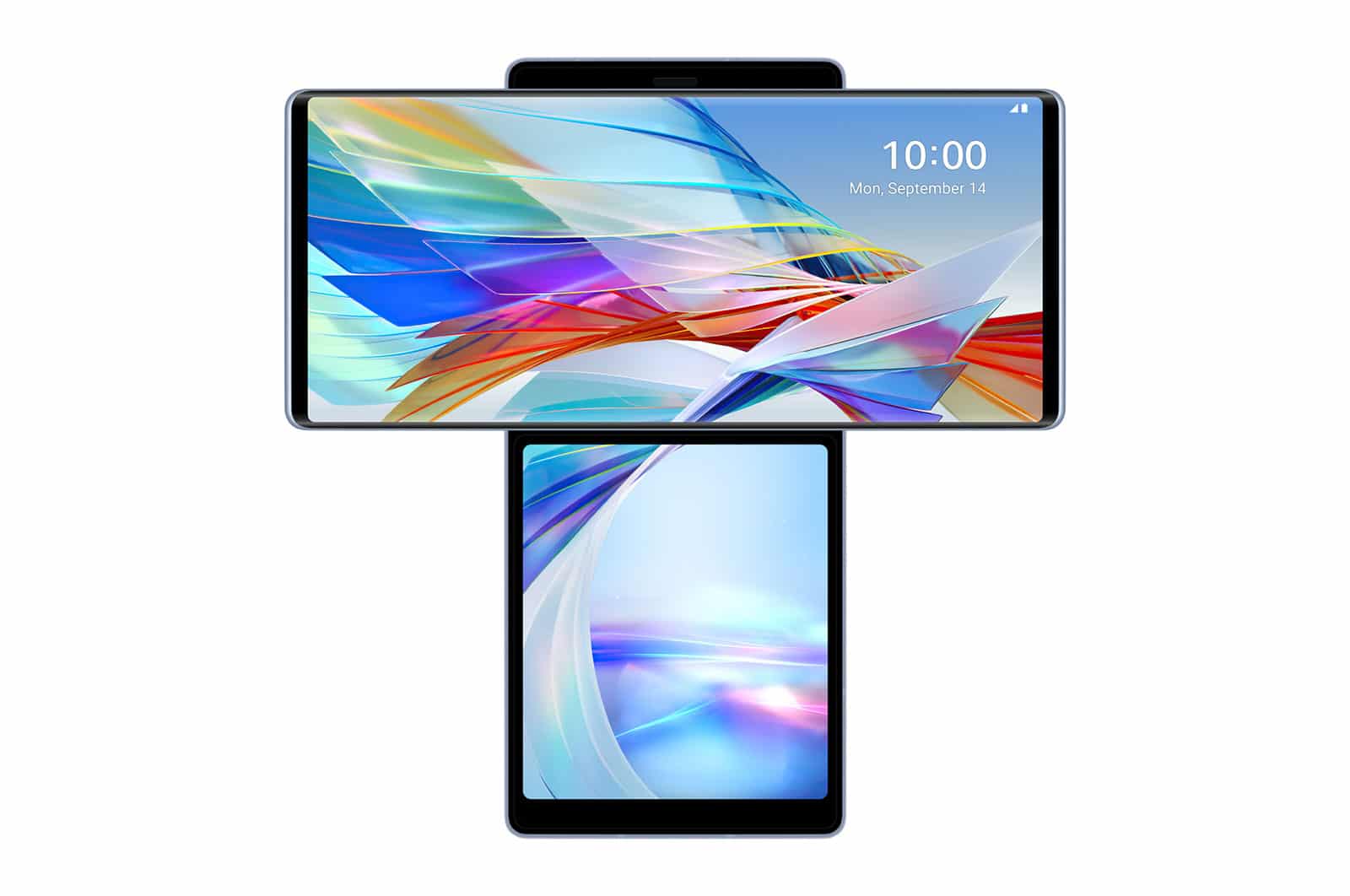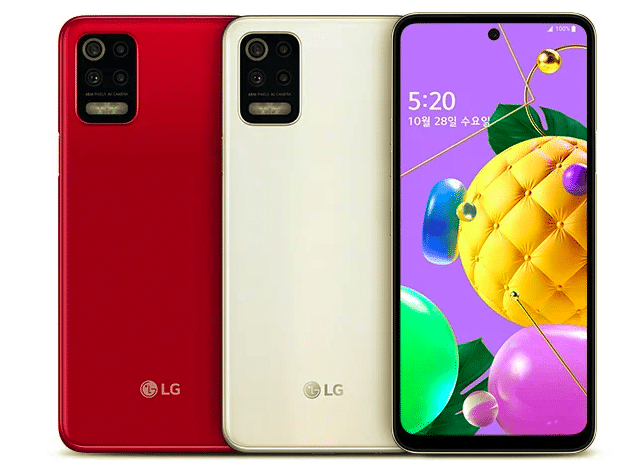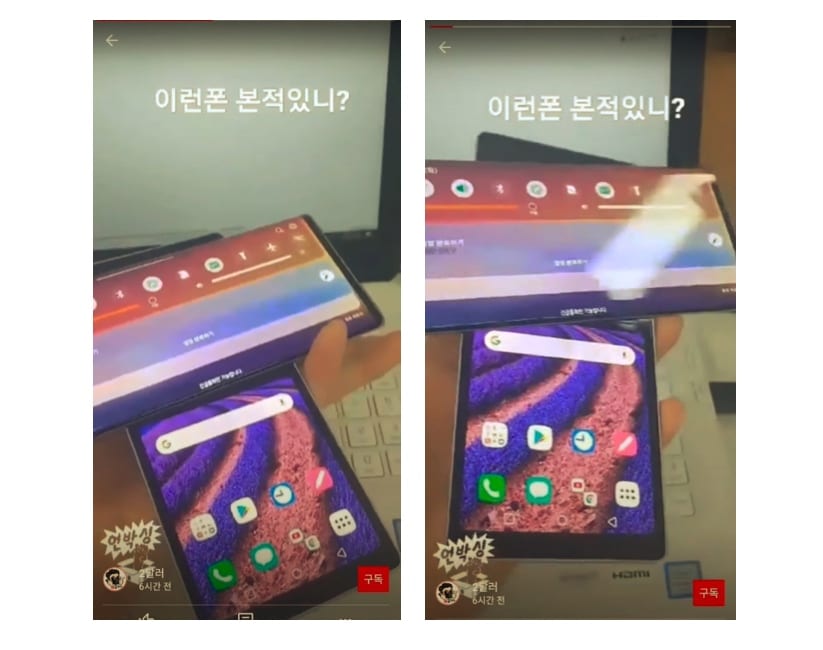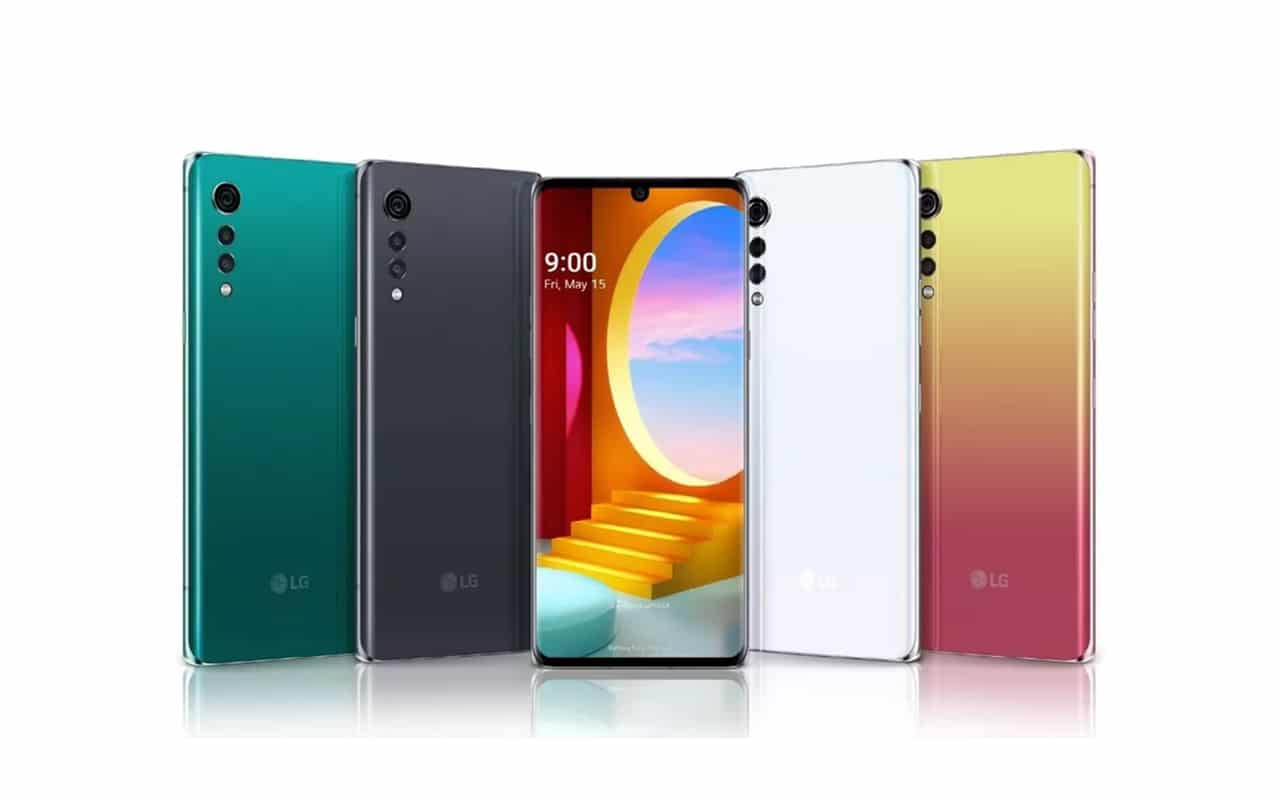
LG today unveiled the V35 ThinQ, a slight refresh to its V30 from last year. The handset features the same design as the V30 but comes with faster internals and an improved camera along with more AI features.
The V35 ThinQ features Qualcomm’s Snapdragon 845 chipset, 6GB RAM, and up to 128GB of storage space. It continues to feature a 6-inch 18:9 FullVision QHD+ OLED display without a notch. The 7.3mm thick handset features IP68 certification making it dust and water-resistant. It also makes use of Gorilla Glass 5 panels at the front and rear and has a passing grade of 14 in the MIL-STD810G tests performed by the U.S. military. Overall though, the design of the V35 ThinQ is the same as the V30 before it.
The rear of the handset, however, does feature an upgraded dual-camera setup. The Super Wide Angle 16MP sensor now features less edge distortion and it is better capable of clicking sharper and more natural looking photos. The front camera has also seen a bump in resolution from 5MP to 8MP. Like the V30, there’s a Super Bright Camera mode on the V35 which uses pixel binning and other software improvements to capture brighter and more detailed photos in low-light. Other notable specs of the handset include LTE-A support, Wi-Fi ac, 3,300mAH battery, Quad DAC, face unlock, fingerprint sensor, wireless charging, and Quick Charge 3.0 support.
As seen on the LG G7, the V35 ThinQ will also feature tight Google Lens and Assistant integration. The camera app on the handset features native Google Lens integration, with the Super Face Field Voice Recognition allowing Google Assistant to be accessed on the phone via voice from up to five meters away.
The handset is making its way to the United States on AT&T’s network on June 8 for $30/month for 30 months.
Our Take
LG’s smartphone division has been struggling, and the company had reportedly streamlined its approach with a focus on expanding the overall lifespan of its devices. However, the company’s move to launch the V35 ThinQ just a few weeks after the LG G7 went on sale is puzzling and shows that its smartphone strategy is still not clear.


















